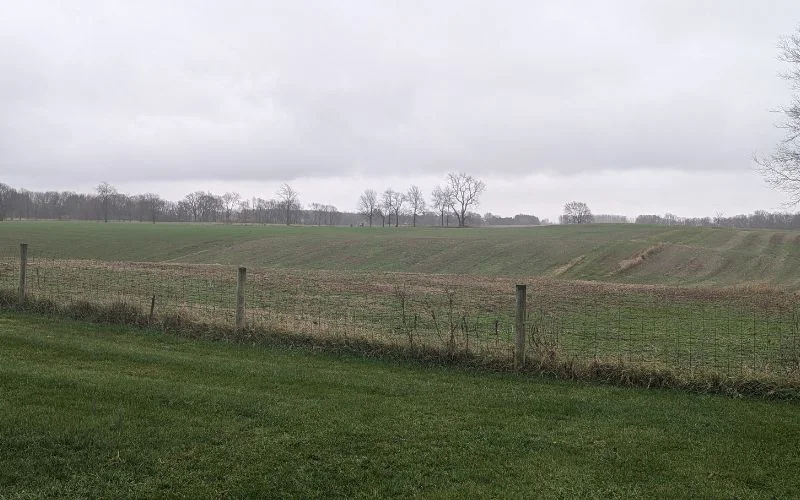
USDA Opens New Conservation Reserve Program Enrollment Opportunities
The U.S. Department of Agriculture (USDA) has reopened enrollment for its essential Conservation Reserve Program (CRP), inviting agricultural producers and landowners to join a pivotal initiative to enhance environmental resources and wildlife habitats. This comes as a significant opportunity at a time when conservation efforts are critical to combating climate change and promoting biodiversity.
In a press release, USDA announced that offers for both the General and Continuous CRP are being accepted until June 6, 2025. With 1.8 million acres available this fiscal year, there is immense importance placed on maximizing the environmental benefits these lands can provide. FSA Administrator Bill Beam emphasized, "Now more than ever, it’s important that the acres offered... address our most critical natural resource concerns." This is a crucial moment for landowners and producers to consider the long-term benefits their participation could yield.
The CRP, which has been a cornerstone of U.S. agricultural policy for over 40 years, allows landowners to convert unproductive land into conservation resources. By planting beneficial vegetative cover, participants help improve water quality, prevent soil erosion, and enhance wildlife habitats. The American Relief Act of 2025 has further extended provisions to September 30, 2025, making this an enticing moment for enrollees.
Unlike General CRP, Continuous CRP operates on a first-come, first-served basis, allowing immediate enrollment opportunities while addressing environmental sensitivities on the offered lands. This method not only accelerates the process but also enhances the ability for landowners to contribute actively to conservation goals.

Aaron Field from the Theodore Roosevelt Conservation Partnership (TRCP) stated, "The CRP's ability to create and enhance habitat while improving water quality makes it one of the most important federal programs for both hunters and anglers." Field's remarks underline the multifaceted ecological benefits derived from CRP—further showcasing why this initiative matters not just to landowners but to wildlife populations and sportsmen across the nation.
The CRP's ongoing updates echo broader environmental goals and underline the partnership between agriculture and conservation impacting wildlife and ecosystems throughout the United States. As CRP offers are processed, the anticipated benefits could mean a healthier future for both land and wildlife.
This opportunity brings forth an important question: how can agricultural practices be balanced with environmental stewardship to ensure sustainable habitats for future generations? We invite you to share your thoughts and experiences regarding conservation-enriching agricultural methods in the comments below.